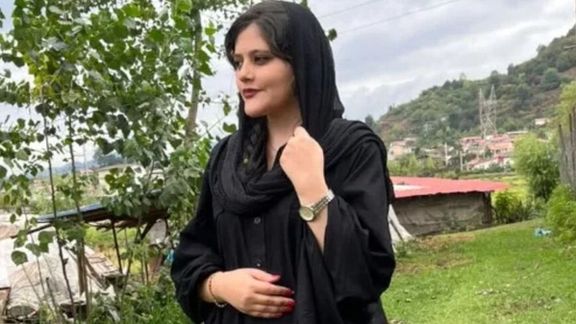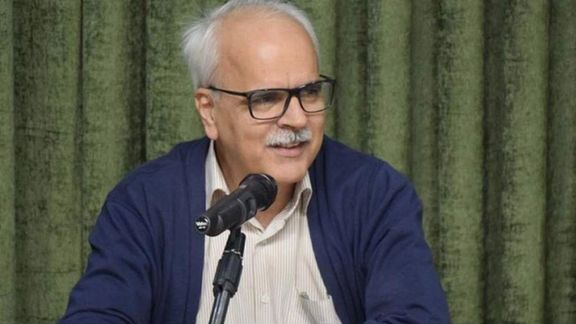Protests Succeeded In Initiating Dialogue Among Iran’s Social Groups

The protest movement in Iran has succeeded in sowing the seeds of a hitherto missing dialogue among social groups and generations that can rekindle the protests anytime.

The protest movement in Iran has succeeded in sowing the seeds of a hitherto missing dialogue among social groups and generations that can rekindle the protests anytime.
The protest movement born after the death in custody of Mahsa Amini in September has to a good degree succeeded in creating a process of dialogue between the modern and traditional groups of the society and between generations, professor Hadi Khaniki, chairman of the Iranian Society of Cultural and Communications Studies of Tehran University, said in a speech at Rahman Institute in Tehran last week.
The regime which heavy-handedly suppressed protesters, executed four, killed as many as 500 and arrested around 20,000 in the first four months is now claiming victory but the impact of the protests has been immense.
The relative recent calm may have only been temporary, too. On Thursday, people took to the streets in several cities again on day forty after the execution of two protesters, Mohammad Hosseini and Mohammad-Mehdi Karami, in Karaj. Protests have been reported from the capital Tehran, Mashhad, Sanandaj, Karaj, Izeh.
In an essay from Evin Prison in Tehran which was published by Zeytoon website on January 31, prominent sociologist Saeed Madani said one would not be able to imagine any future for Iran that does not bear the mark of the Mahsa Movement.

“Understanding what happened in over 100 days of protests bears strategic significance even if at the time of publication of this essay the protests have temporarily or permanently ended,” Madani wrote.
“The protest movement has [also] created…a multi-dimensional national identity with various ethnic, gender and religious identities somehow acting together instead of one-dimensional nationalism,” Khaniniki said while pointing out that the protests have also established a process of communication between expatriates and the people of Iran “despite all [their] political differences”.
Khaniki who has dubbed the recent protests as the “Movement of the Neglected”
was a member of the central council of the reformist Mosharekat (Islamic Iranian Participation Front) Party which formed the largest faction in the parliament from 2000 to 2004 during the presidency of Mohammad Khatami to whom he served as a media advisor.
Mosharekat Party was banned in 2009 in the aftermath of the disputed elections that brought the hardliner Mahmoud Ahmadinejad to power for a second term, and many of its leading figures were imprisoned. The party did not declare itself secular but did promote the separation of religion and state. Khaniki is currently a member of the central council of the Etehad-e Mellat (National Unity) Party which has many similarities to Mosharekat.
The Mahsa Movement has also somehow reactivated Iran's once very popular reformists who were marginalized after 2009. Two weeks ago, two of their prominent leaders, Khatami and Mir-Hossein Mousavi who has been under house arrest since 2011, issued separate statements related to the protest movement.
Khatami condemned the regime suppression of the protests but insisted that the solution to the problems of the country is not overthrowing the regime which he said was impossible to do because of its power of suppression. Instead, he advised the regime to surrender to fundamental reforms before it is too late.
Mousavi, on the other hand, announced his recognition of the Woman, Life, Freedom movement and declared that the Islamic Republic was no longer reformable. The current regime must be replaced, through elections and referendum, with a new democratic government through non-violent means, he said.
Both statements have found resonance with various political figures and parties from across the reformist spectrum.